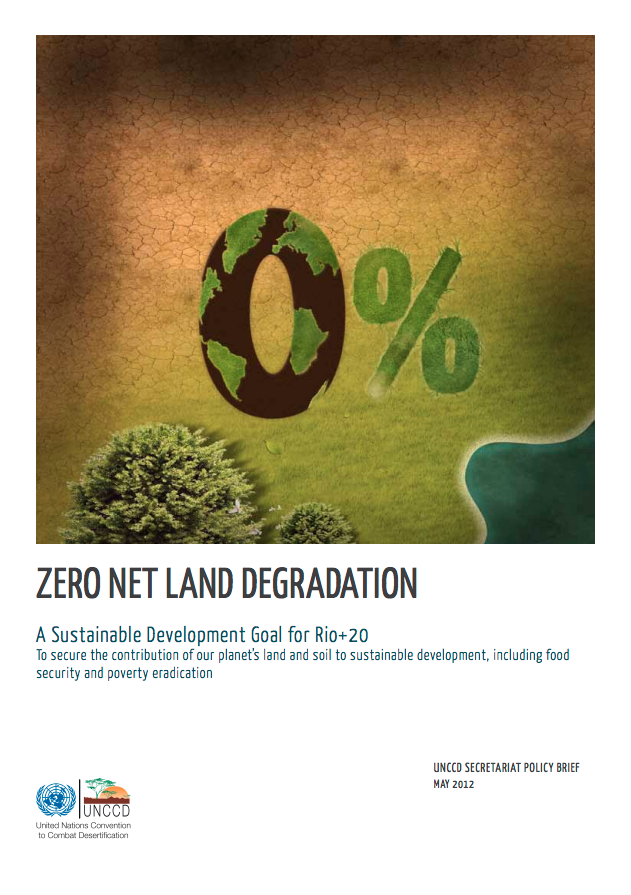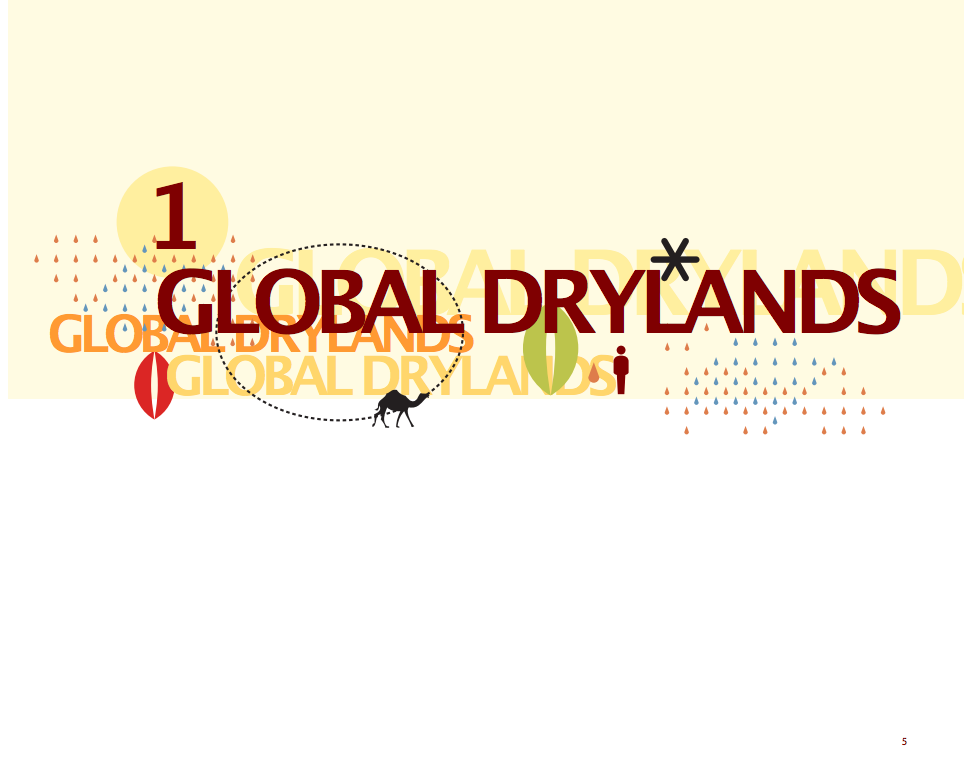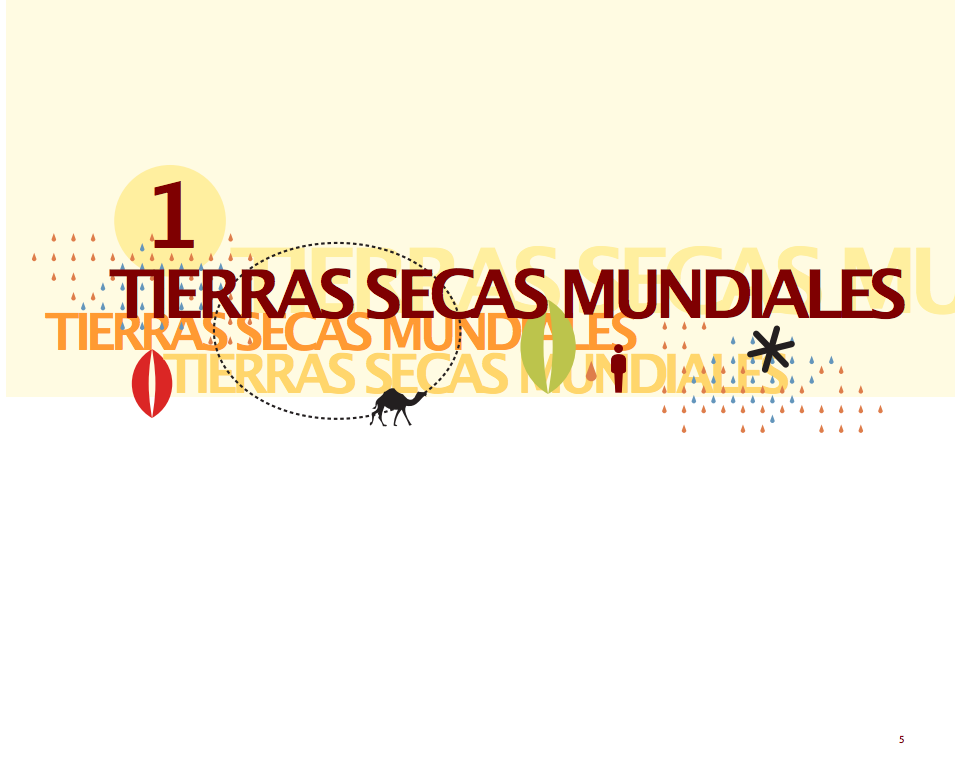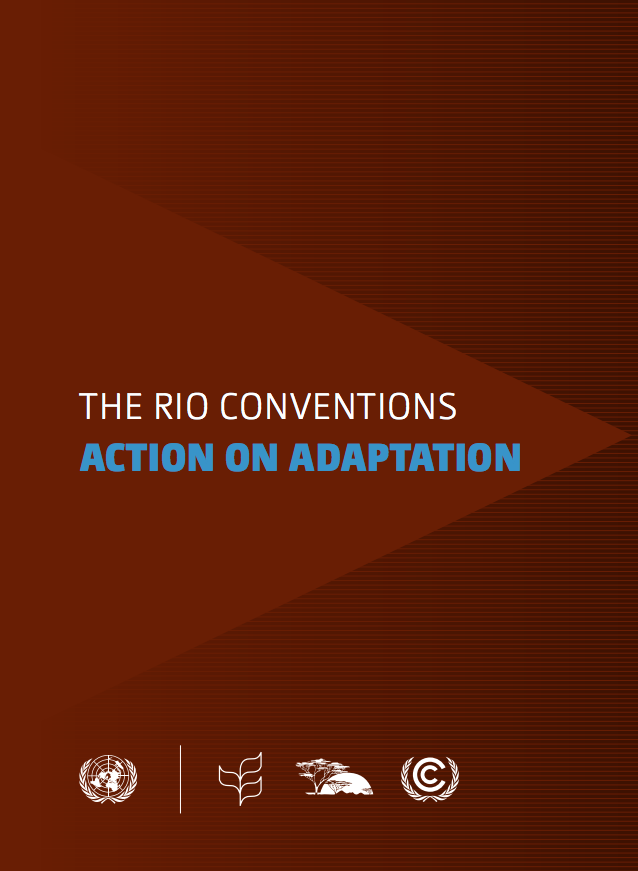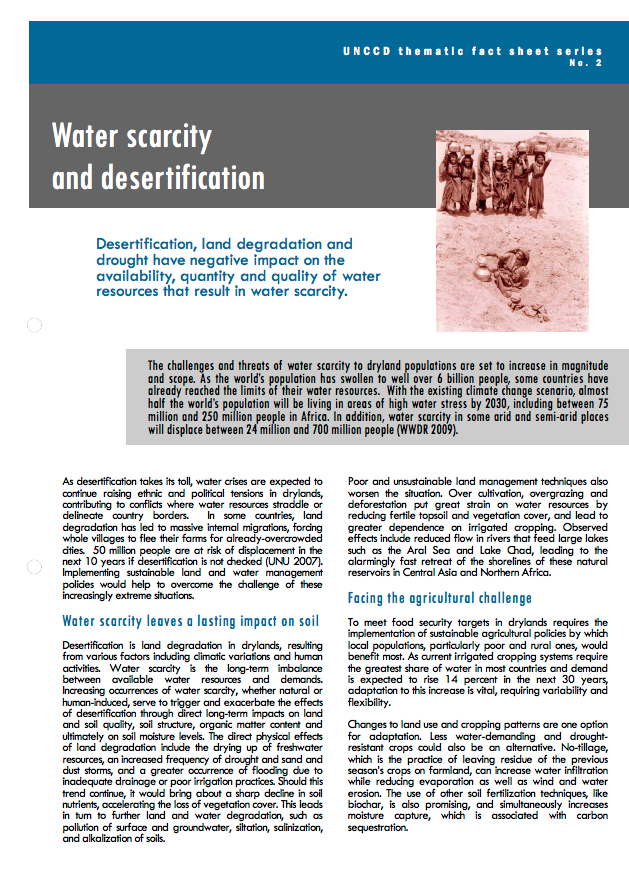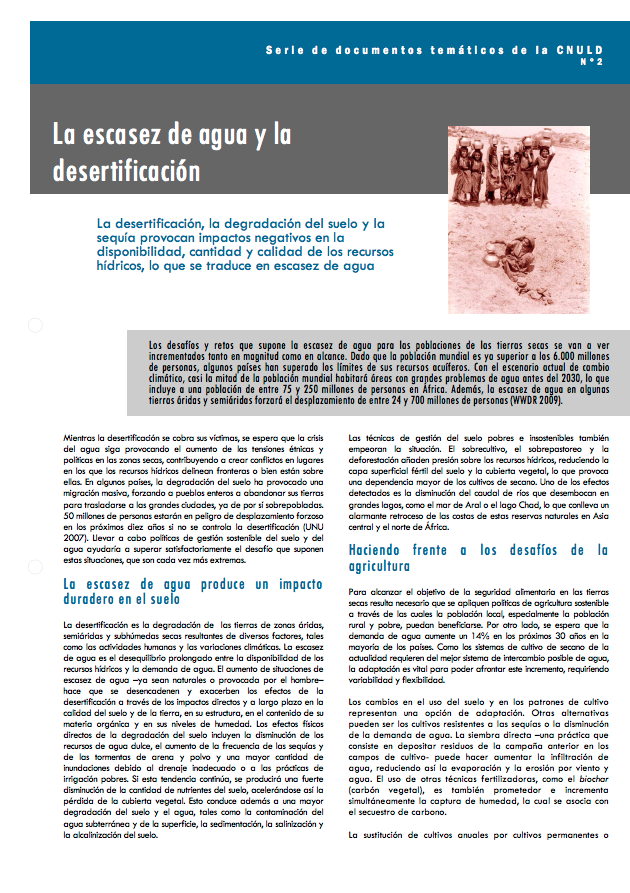Zero Net Land Degradation: A Sustainable Development Goal for Rio+20 (Summary)
“The great opportunity of the Anthropocene is that we can choose to learn the lessons of the past and steer a new course to a safer future.” Soils are the most significant nonrenewable geo-resource that we have for ensuring water, energy, and food security for present and future generations while adapting and building resilience to climatic change and shocks. But soil’s caring capacity is often forgotten as the missing link in our pursuit of sustainable development.


